Sewage, algae and E. coli in the Ver
Sewage or algae?
We regularly receive reports of sewage spotted in the River Ver. The vast majority of these relate to brown algae that forms on the bottom of the slow-moving parts of the river, in floodwater and in the lake. It’s the hot sunny weather and warm water that encourages the algae to grow quickly. The algae releases oxygen during the day which encourages pieces to break off and float to the surface. These and are easily mistaken for raw sewage but are nothing of the sort. Eight miles upstream, the Markyate sewage works is the only significant source of raw sewage, the sewage is screened and macerated. Even in the river below Flamstead there are only small pieces of sewage fungus as visible evidence of untreated sewage entering the river.
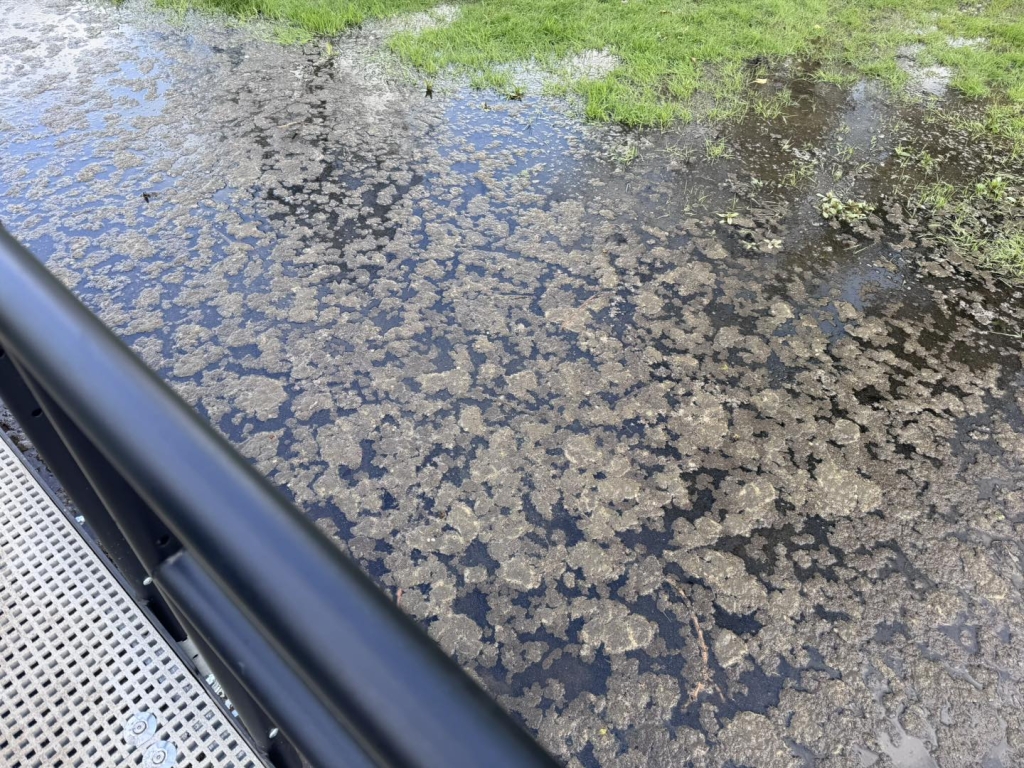
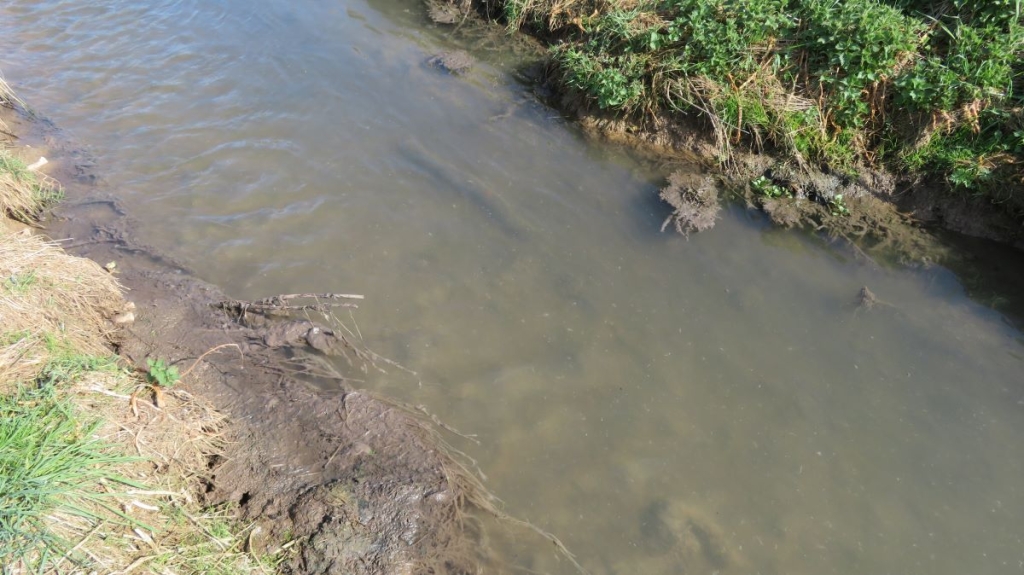
Some summers, another sort of algae blooms in the lake turning it milky white – it’s a natural process and again the excess nutrients in the water are the root cause.
E. coli exceeds bathing limit twenty-fold
Whilst we can give no guarantees, we have been testing for E. coli to discover how prevalent this bacterium might be – especially as it can cause very unpleasant infections. Most recently, the continuing discharge (now past 3300 hours) from Markyate sewage works has rendered the river below Flamstead all but ecologically dead. Alarmingly, at River Hill when we tested for E. coli, as part of the #GreatUKWaterBlitz on 26th April, we recorded over 20,000 colonies of E. coli per 100mL. That’s over 20 times worse than the poorest bathing quality limit.
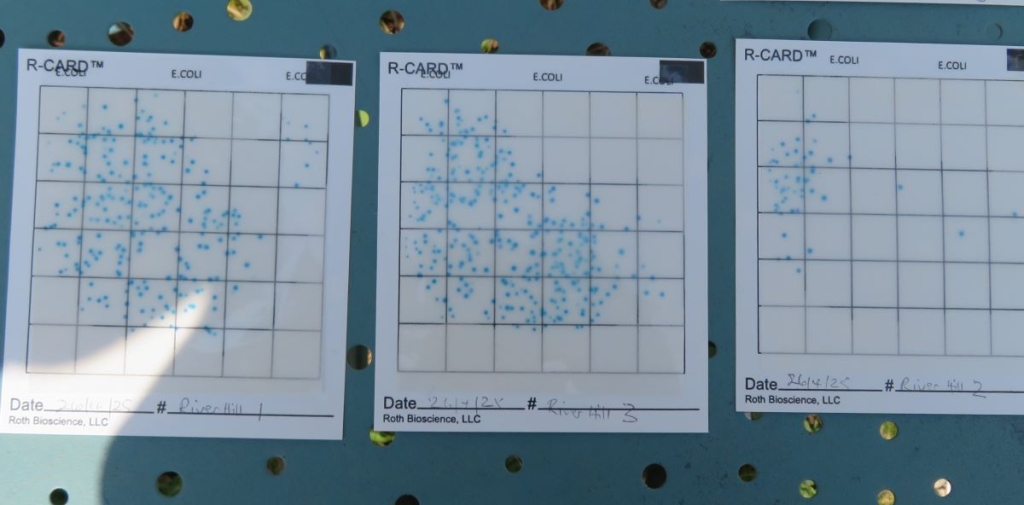
However, further downstream at Luton Lane near Redbourn and in St Albans (St Michael’s Bridge, Verulamium Park and Sopwell Nunnery Green) little or no E. coli was detected.
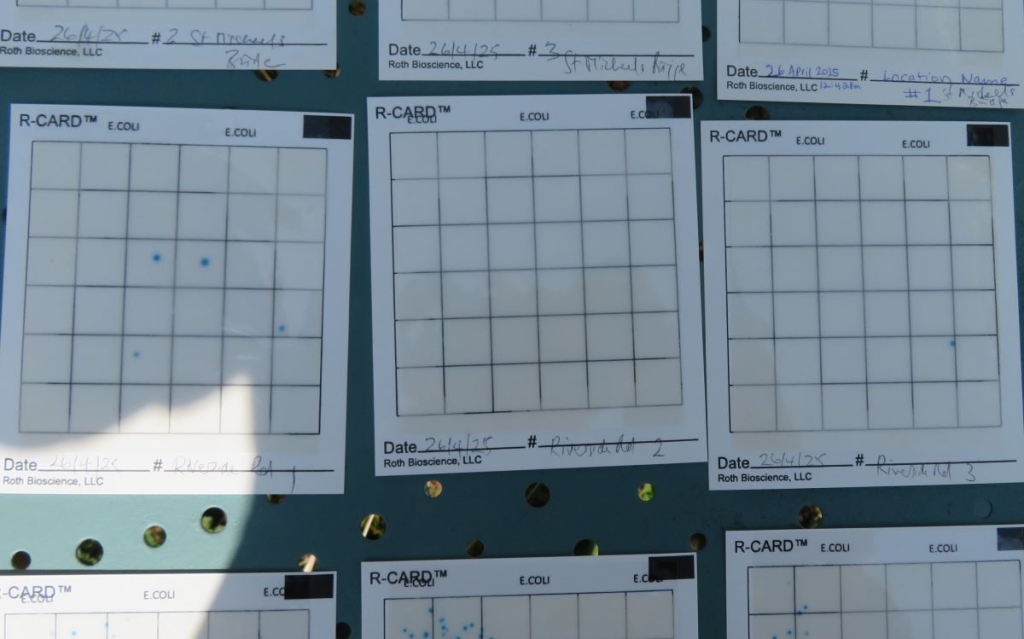
We used citizen science tests with R-cards that are home-incubated for 24 hours to detect the presence of E. coli. They are only indicative of what might be happening at one point in time and cannot be used as any guarantee of water quality.
Regular Testing
The Society’s volunteers regularly monitor up and down the Ver and like many rivers in the South East, nitrate levels are usually high and although phosphate levels are generally lower, this still leads to a poor ecological status classification at many sites.
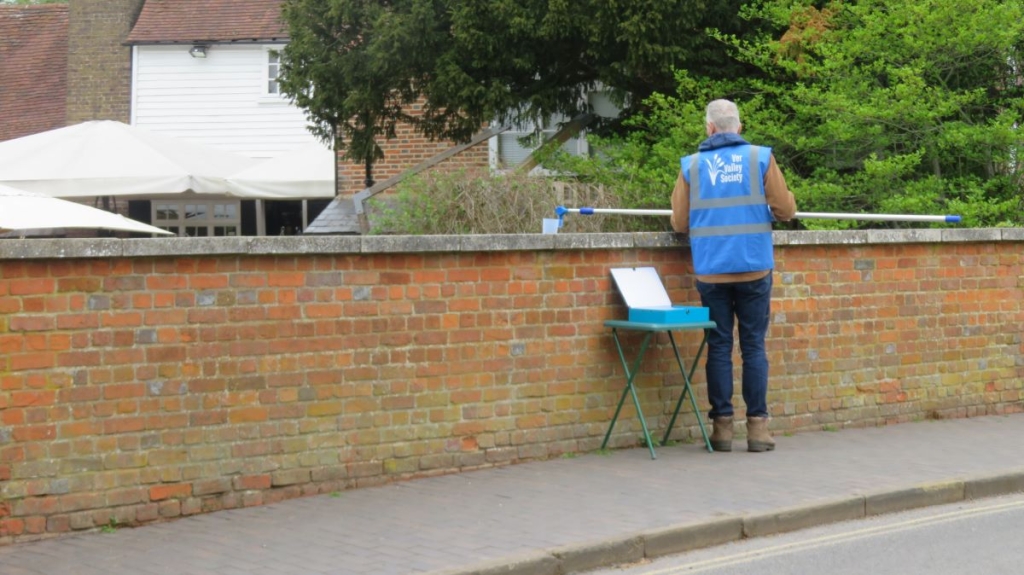
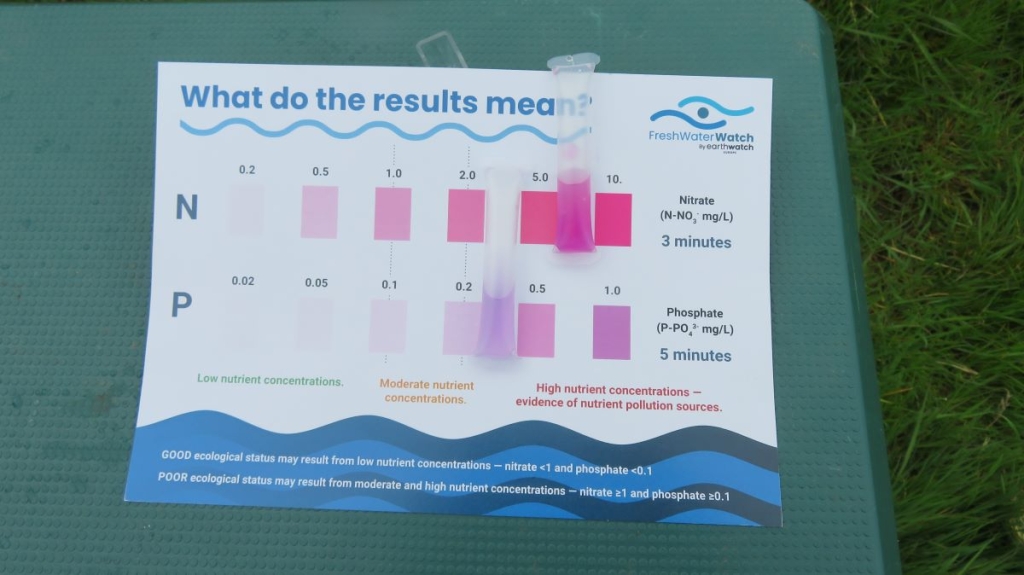
The Ver Valley Society is keen to improve the water quality of the Ver and is working on a long-term project to make a difference. There are very few quick fixes but with all our testing, we are getting a much better idea of the water quality challenges the River Ver’s faces.
How to help us
Please help the VVS to continue our investigative work and water testing by coming to our ‘charity night’ performance of Henrik Ibsen’s Enemy of the People at the Abbey Theatre, St Albans on 15th May. Buy tickets here: https://bit.ly/3PwKPh7